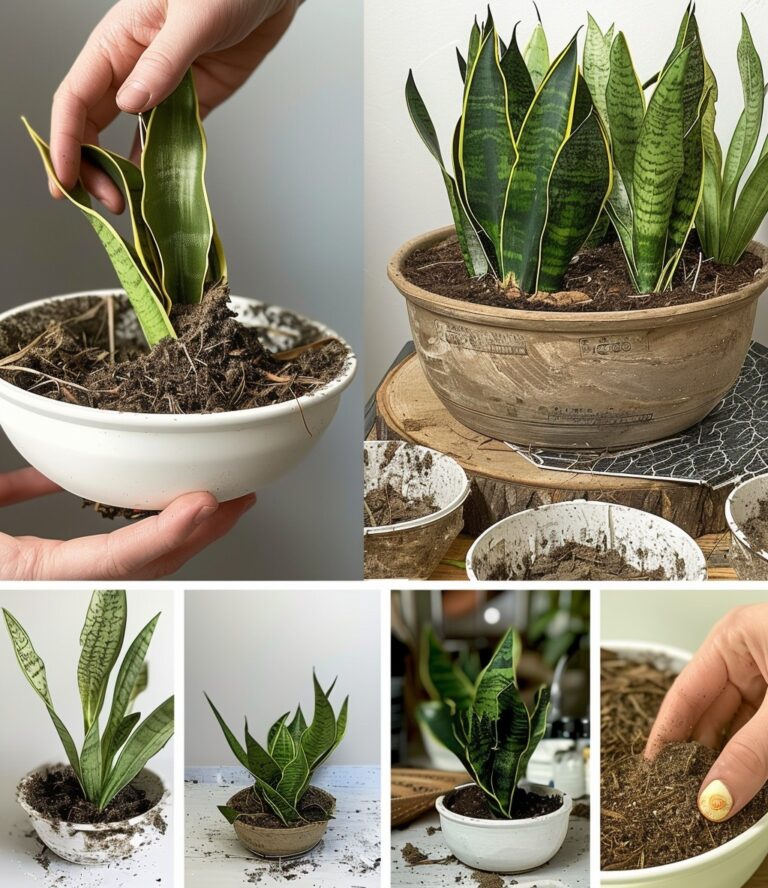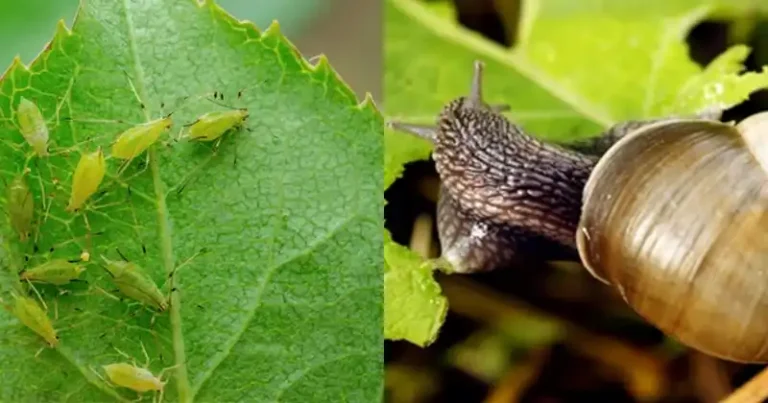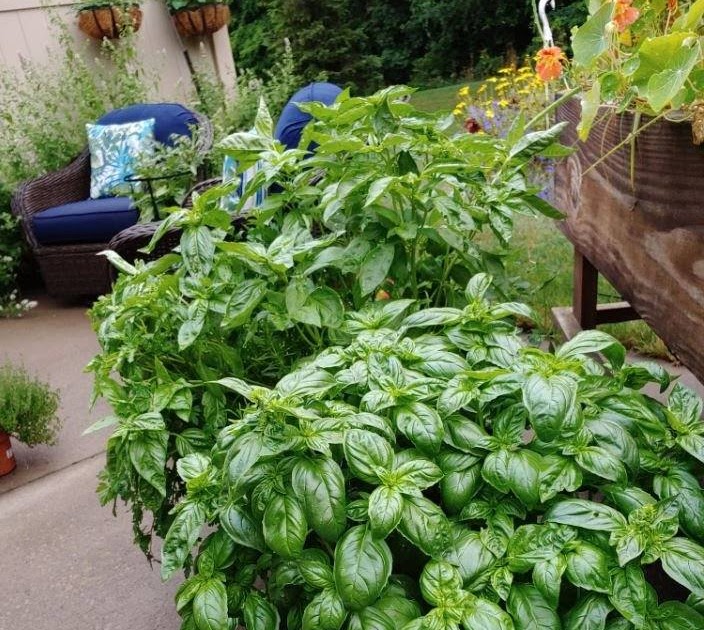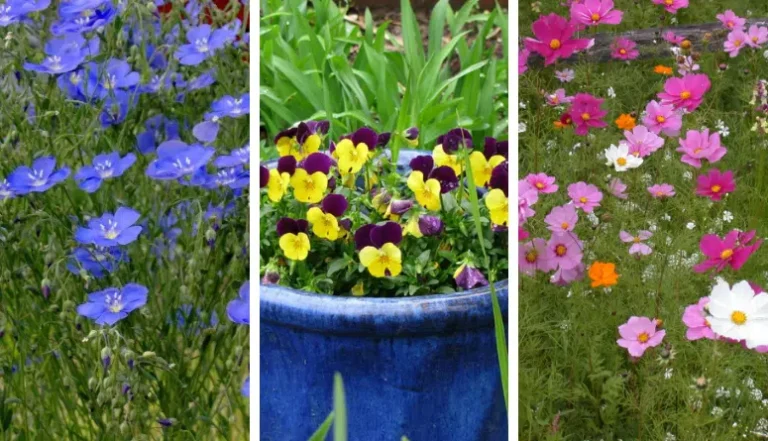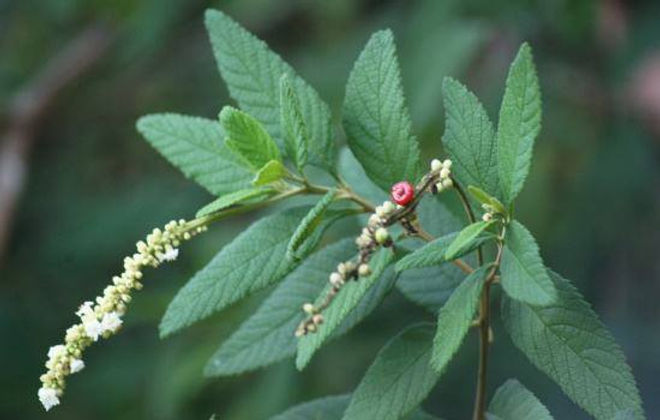Five Common Butterflies
There are approximately 20,000 species of butterflies in the world. About 725 species are found in North America north of Mexico, with about 575 of these occurring regularly in the lower 48 states of the United States, and with about 275 species occurring regularly in Canada. In most parts of the United States, you can find roughly 100 species of butterflies near your home. The number is higher in the Rio Grande Valley and some parts of the West, somewhat less in New England. As one goes northward into Canada, the number decreases, while as one goes southward into Mexico, the number greatly increases.
Butterflies are not only beautiful and fascinating creatures but also important pollinators. Attracting butterflies to your garden can enhance its beauty and contribute to the health of your local ecosystem. Here are five common butterflies found throughout the United States and the host plants you can grow to attract them.
1. American Lady (Vanessa virginiensis)

Description:
The American Lady butterfly is known for its striking orange and black coloration with white spots. It can be seen fluttering in gardens, fields, and open spaces.
Host Plants:
- Pussy Toes (Antennaria spp.)
- Pearly Everlasting (Anaphalis margaritacea)
- Silver Brocade (Artemisia stelleriana)
These plants provide the necessary nutrients for the caterpillars to grow and develop into adult butterflies.
2. Painted Lady (Vanessa cardui)

Description:
The Painted Lady is one of the most widespread butterflies in the world. It has orange and black wings with white spots near the tips.
Host Plants:
- Hollyhock (Alcea spp.)
- Thistle (Cirsium spp.)
- Sunflower (Helianthus spp.)
- Mallow (Malva spp.)
- Borage (Borago officinalis)
Planting these hosts can support the lifecycle of the Painted Lady butterfly, ensuring they thrive in your garden.
3. Red Admiral (Vanessa atalanta)

Description:
The Red Admiral is easily recognizable by its striking red bands on black wings. It is often seen basking in the sun or feeding on nectar.
Host Plants:
- Nettle species (Urtica spp.)
- Pellitory species (Parietaria spp.)
These plants are essential for the caterpillars and will attract Red Admirals to your garden.
4. Common Buckeye (Junonia coenia)

Description:
The Common Buckeye is noted for its eye spots and colorful patterns on its wings, which help deter predators.
Host Plants:
- Snapdragon (Antirrhinum spp.)
- Tall Verbena (Verbena bonariensis)
- Wild Petunia (Ruellia spp.)
- Twinflower (Dyschoriste spp.)
Growing these plants will provide food for the caterpillars and encourage Common Buckeyes to visit your garden.
5. Cabbage White (Pieris rapae)

Description:
The Cabbage White is a small butterfly with white wings and black spots. It is a frequent visitor to gardens and agricultural areas.
Host Plants:
- Nasturtium (Tropaeolum spp.)
- Cleome (Cleome spp.)
- Cabbage (Brassica oleracea)
- Broccoli (Brassica oleracea var. italica)
By planting these hosts, you can support the lifecycle of the Cabbage White and enjoy their delicate presence in your garden.
By incorporating these host plants into your garden, you can attract these five common butterflies, contributing to the conservation of these species and enhancing the biodiversity of your local environment. Not only will your garden be filled with beautiful butterflies, but you'll also be supporting important pollinators. Happy gardening! 🌼🦋


